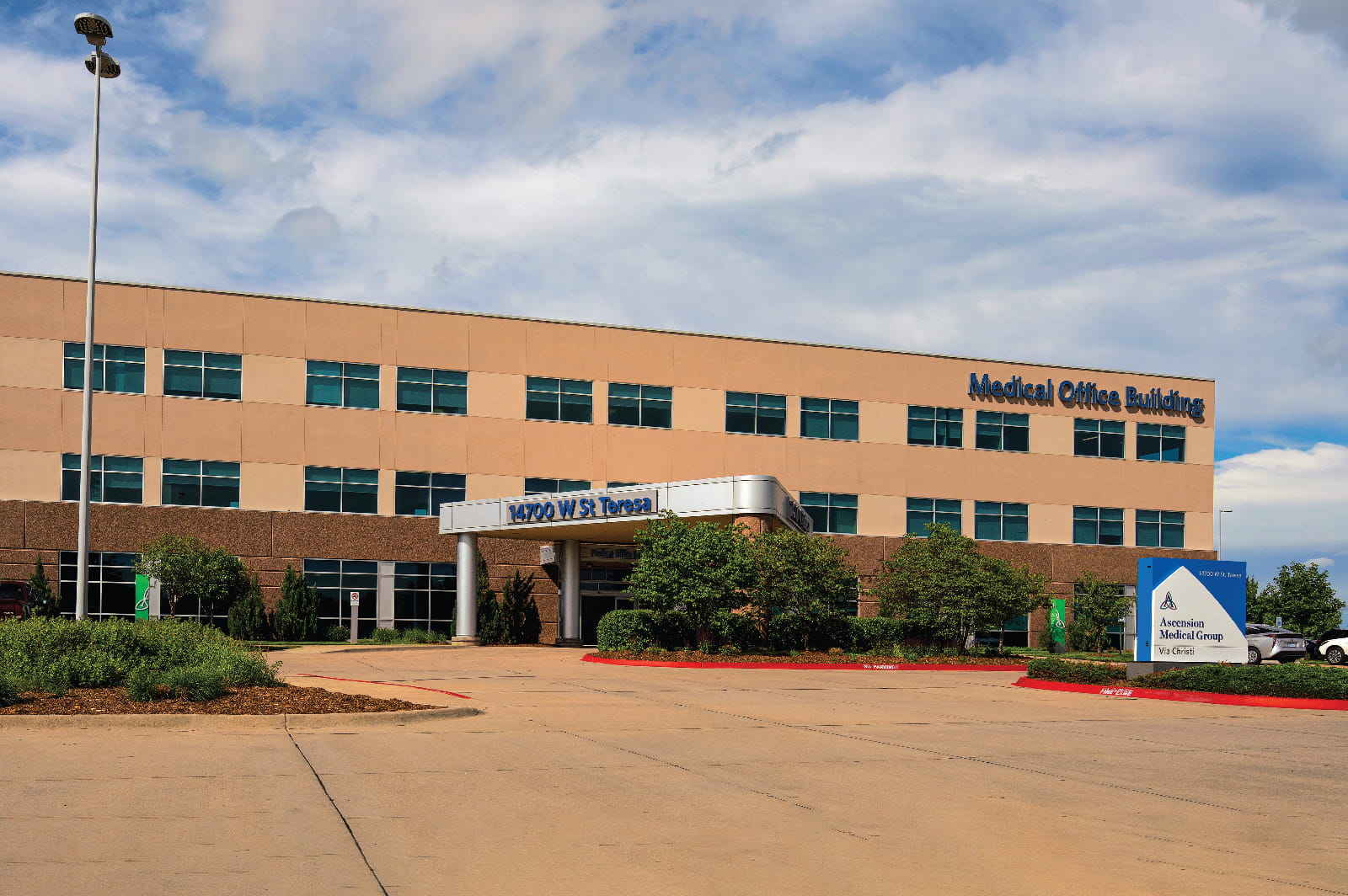Now more than ever, there are more options for the hernia surgeon in regard to technique (open surgery, laparoscopic surgery, robotic surgery) and products (mesh) than ever before.
When it comes to hernia surgery, however, one size very much does not fit all. So, how does your surgeon choose what to do and how do to it? Every surgeon is different, but here are some of our guiding principles:
Evidenced-based approach
We endeavor to make each and every decision that is made regarding the care of a patient, including planning and performing operations, based on best practices described by the medical literature. We are not making this up as we go along, but are guided by the principles of gathering, documenting, and using evidence to support taking the correct action at the correct time.
Minimally invasive surgery
Minimally invasive surgery is surgery through small incisions. Generally, patient’s recover faster and have less pain, but not always. The true benefit of minimally invasive surgery is decreased wound complications and infection. If a minimally invasive operation is considered, the expectation is that it has to be as good as or better than the traditional open procedure in regard to risk of complication and hernia recurrence rate. Our advanced minimally invasive capability sets us apart from our peers in the region.
Keep the mesh out of the abdominal cavity, when possible
As is described in Mesh, the development and placement of mesh to reinforce hernia repairs have revolutionized hernia surgery. Mesh placement in the abdominal cavity is not without risk, however. These risks can be decreased by placing the mesh in the layers of the abdominal wall, not in the abdominal cavity itself. Sometimes the only option for repair is to place mesh in the abdominal cavity, but every effort is made to implant the mesh within the layers of the abdominal wall and reduce the risk of mesh related complications. This priority is unique in this region and helps to set us apart from our contemporaries.
Maximize optimization before surgery
Healthier patients tolerate surgery and complications better. This is why we spend so much time talking about the process of optimization (see Optimization) and making each patient as healthy as they can be prior to their operation. Each patient has their own maximum potential, however. Once this point is reached, specific operations may be better choices than others.
Go into each operation with multiple plans of attack
The anatomy one may find during the actual operation may be much different that what was expected based on preoperative X-rays and examination of previous operative reports. Knowing how to repair a hernia in several different ways means that the surgeon can go into the operating room and can adjust the operative strategy based on what is found during the operation. The versatility in knowing when and how to switch from plan A to plan B, or even to plan C or D, comes with experience and being comfortable with multiple techniques.
